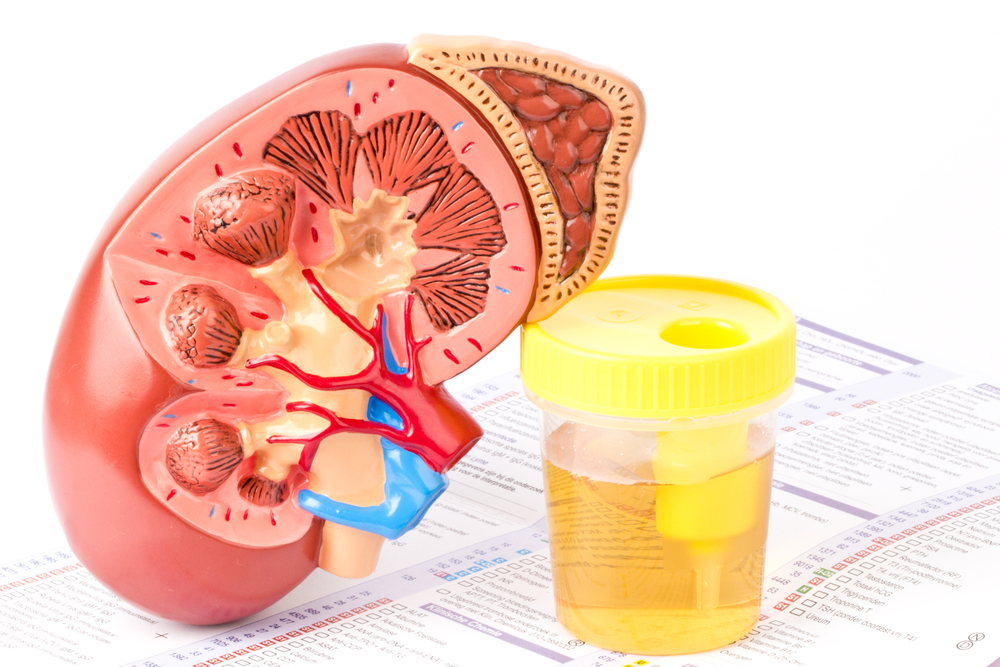Kidney Transplant for Alport Syndrome May Cause More Urination, Teen’s Case Study Shows

Kidney transplant due to Alport syndrome may be associated with increased production of urine in the first months, according to a case report. This is due to a temporary deficiency in the antidiuretic hormone (ADH) to levels similar to those found in central diabetes insipidus (DI).
The study, “Deficiency Of Antidiuretic Hormone: A Rare Cause Of Massive Polyuria After Kidney Transplantation,” was published in the Korean Journal of Pediatrics.
DI is characterized by excretion of a great volume of dilute urine, which can be a life-threatening condition if not properly diagnosed and managed. This condition results from reduced levels of ADH, which controls the excretion of urine from the body.
DI has several clinical manifestations such as polyuria (excessive production of urine), growth retardation and excessive thirst. Transient polyuria occasionally develops in patients that have received a kidney transplant due to delayed adaptation of kidney function.
Researchers reported the case of a 15 year-old boy who was diagnosed with Alport syndrome at age seven due to recurrent hematuria (presence of blood in the urine) and proteinuria (presence of proteins in the urine). As his kidney condition progressed to end-stage renal disease, he started dialysis at age 13. Since then, his urine production decreased gradually to a state of no urine excretion. At age 15, the patient was submitted for a kidney transplant from his father.
The operation was successful and he recovered his urine flow shortly after the procedure. Post-operative examination showed he had relatively good kidney activity. However, his daily urine production was higher than expected, even under restriction of liquid ingestion. Also, the patient lost weight in a short amount of time.
Doctors then analyzed his urine and serum ADH levels. They found this hormone was present in decreased levels similar to those found in DI. For this reason, the patient was given desmopressin acetate via nasal spray, commonly used for DI.
After administering desmopressin, his daily urine production decreased, showing that levels of ADH, indeed, were responsible for this urinary symptom. To exclude the possibility of a pituitary gland lesion, magnetic resonance imaging was performed, but no abnormal findings were reported. Treatment with desmopressin acetate was decreased gradually and discontinued after three months, while ADH levels were remained normal. Also, urine output was maintained within the normal range without desmopressin.
“Although our patient did not have typical clinical manifestations of central DI, such as hypernatremia [high sodium levels in the blood], due to closed monitoring and continuous hydration, he presented with massive polyuria, [diluted] urine … low ADH level, and a dramatic response to desmopressin therapy, which were compatible with ADH deficiency similar to central DI,” the authors wrote.
According to the authors, the patient experienced a transient failure of ADH production due to his hydration state immediately before the transplant.
“[W]e report a case of a transient deficiency of ADH, similar to central DI, with the necessity for desmopressin acetate therapy immediately after [kidney transplant],” they concluded. “We suggest that polyuria can develop following [kidney transplant] not only from renal tubular dysfunction, but also due to other causes such as central DI, as seen in our case. It is important that clinicians have greater awareness of this uncommon cause.”







Leave a comment
Fill in the required fields to post. Your email address will not be published.